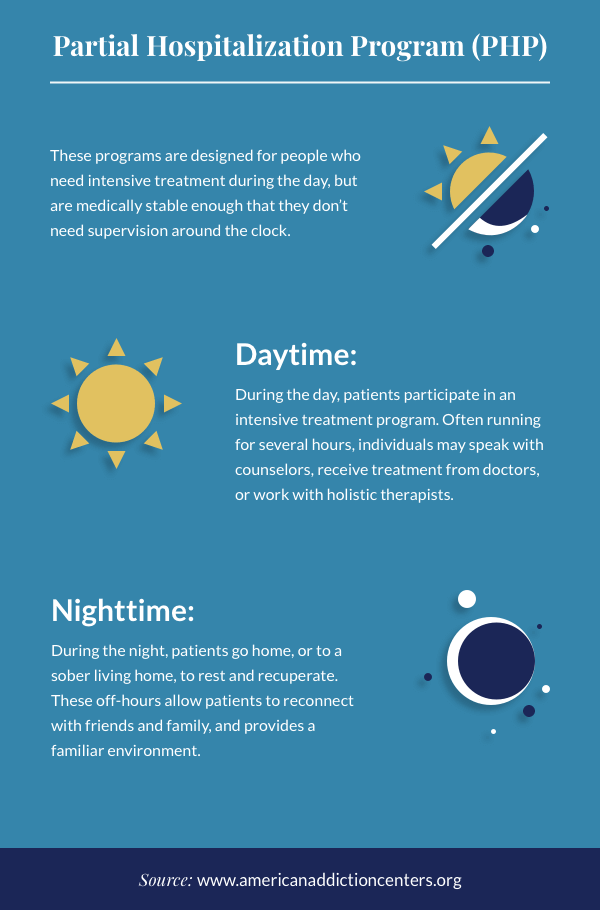Prior to you keep reading, we believed you may like to download our 3 Favorable CBT Exercises free of charge. These science-based exercises will provide you with a detailed insight into Favorable CBT and will offer you the tools to use it in your therapy or training. You can download the complimentary PDF.
A treatment strategy will include the patient or customer's individual information, the diagnosis (or medical diagnoses, as is often the case with mental disorder), a basic overview of the http://paxtoncpgn180.jigsy.com/entries/general/some-known-questions-about-how-to-improve-addiction-treatment- treatment prescribed, and area to measure results as the client advances through treatment. A treatment plan does numerous things, the most important of that include: Defining the issue or disorder Describing the treatment prescribed by the health/mental health professional Setting a timeline for treatment progress( whether it's a vague timeline or includes particular milestones) Determining the significant treatment objectives Keeping in mind essential milestones and goals This paperwork of the most essential elements of treatment helps the therapist and customer remain on the very same page, offers an opportunity for conversation of the treatment as prepared, and can serve as a suggestion and motivational tool. While people in similar situations with similar problems may have similar treatment strategies, it is essential to comprehend that each treatment strategy is unique. There are frequently various ways to treat the very same issue often there are dozens of various paths that treatment might take! No 2 treatment strategies will be exactly the exact same, due to the fact that no two individuals's experiences are exactly the exact same. As noted earlier, all treatment plans are various they are distinct products of the conversations between a therapist and customer, the therapist's scientific knowledge, and the client's shared experience. Even in identical diagnoses in comparable individuals, distinctions are bound to manifest in any or all of the following components: History and Demographics client's psychosocial history, history of the signs, any past treatment information Assessment/Diagnosis the therapist or clinician's medical diagnosis of the client's psychological health problems, and any past medical diagnoses will also be kept in mind Presenting Concerns the problems or signs that at first brought the client in Treatment Contract the contract in between the therapist and client that summarizes the objectives of treatment Responsibility an area on who is accountable for which components of treatment (customer will be responsible for many, the therapist for others )Strengths the strengths and resources the customer brings to treatment( can include family support, character strengths, material support, and so on) Treatment Goals the" structure blocks" of the plan, which must be particular, reasonable, tailored for the client, and measurable Goals goals are the bigger, more broad outcomes the therapist and customer are working for, while numerous goals make up each objective; they are little, achievable steps that make up an objective Technique, Frequency, and Targets different methods are frequently applied to various objectives, requiring a strategy that sets techniques, a frequency of sessions, expected completion date, etc., with the respective goal Interventions the methods, exercises, interventions, etc., that will be used in order to work towards each goal Progress/Outcomes an excellent treatment plan must consist of area for tracking development towards goals and objectives( Great Treatment, 2016) look at here now The therapist and customer will collaborate to get this details down on paper, with the therapist contributing his or her know-how in treatments and treatment results, and the client contributing knowledge in his/her own life and experiences. These benefits include: Treatment strategies provide a guide to treatment for both the therapist and customer. Treatment plans can decrease the threat of fraud, waste, abuse, and the possible to trigger unintentional damage to clients. Treatment plans assist in easy and reliable billing since all services rendered are documented. Treatment strategies can help smooth any possible bumps in treatment, especially if a customer requires a sort of treatment the primary therapist can not offer( e.g., a specific kind of intervention or a prescription for medication) or need to see a new therapist for some other factor (e.g., if the customer or therapist has actually moved, or the therapist is on extended leave, Great Treatment, 2016). Treatment strategies are not necessarily required to offer or receive effective treatment, however they can be incredibly handy in helping with a smooth and problem-free treatment experience. Objectives and goals will vary significantly from one person to the next, especially those dealing with very various problems. If you or your client is committed to change however isn't quite sure where to start, this link of potential objectives can spark a helpful discussion about where to go from here. For instance, a outpatient suboxone clinic boynton beach typical objective for those dealing with drug abuse may be to stop utilizing their drug of option or alcohol, while a client fighting with anxiety might set an objective to lower their suicidal thoughts. In general, these goals must be.


reasonable they ought to be affordable, offered the customer's general experience and wishes for the future (what are some forms of treatment available to those suffering from opioid addiction?). For example, an objective for an individual with severe anxiety might be to take 10 steps outside their front door. The next objective might be to make it to the community market, or up to 30 actions outside their front door. Fulfilling each objective will eventually lead you to fulfill the objective.